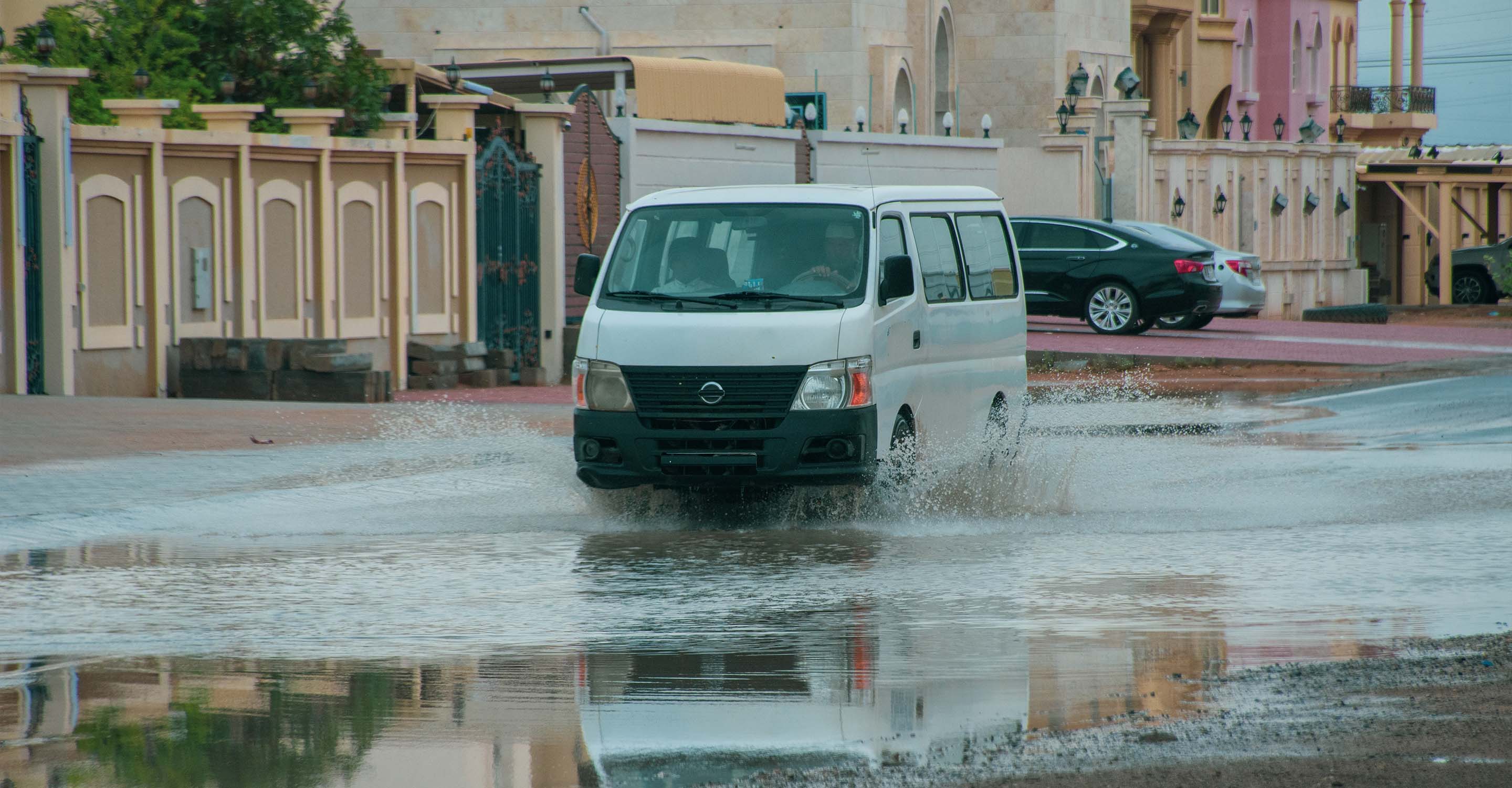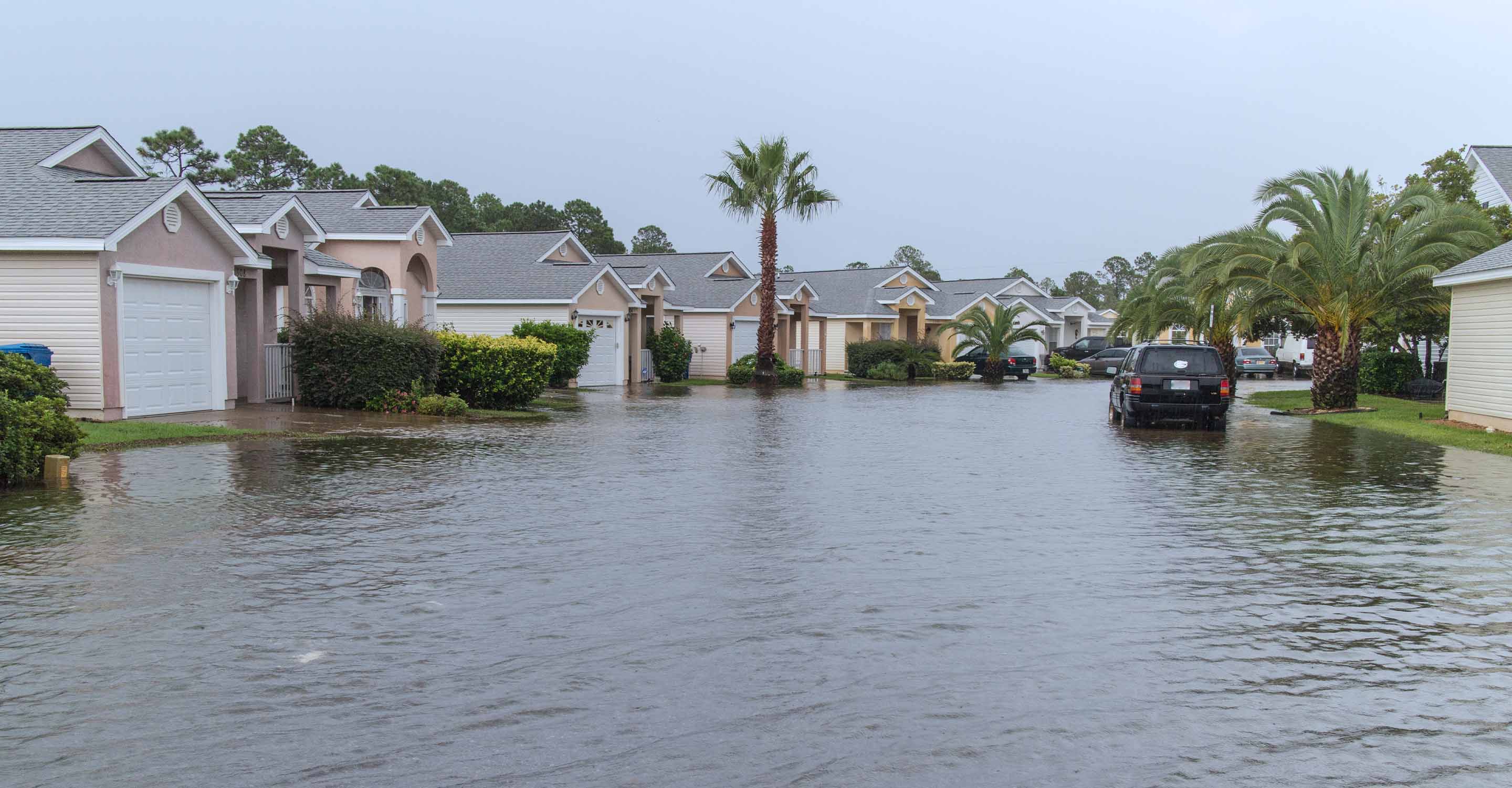Tianjin air quality map
Live air pollution map of Tianjin
243.8K people follow this city
Full screen
Stations
18
Contributors category
2
Government
Most polluted air quality stations
| # | station | US AQI |
|---|---|---|
| 1 | Yong Ming Lu | 157 |
| 2 | 4th street | 155 |
| 3 | De wei Road | 129 |
| 4 | Jinyu Road | 122 |
| 5 | Tuanbo | 119 |
| 6 | Xin Lao Lu | 119 |
| 7 | Xisidao | 114 |
| 8 | Yuejin Lu | 114 |
| 9 | Da Zhi Gu 8th Rd | 112 |
| 10 | Qianjin Road | 110 |
Health Recommendations
| Reduce outdoor exercise | |
| Close your windows to avoid dirty outdoor air GET A MONITOR | |
| Sensitive groups should wear a mask outdoors GET A MASK | |
| Run an air purifier GET AN AIR PURIFIER |
Become a contributor
Get an AirVisual Outdoor and contribute to collecting millions of data points for the Tianjin map to track local air pollution
Understand air pollution and protect yourself
Tianjin MAP AIR QUALITY ANALYSIS AND STATISTICS
What information can be gained from the air quality map for Tianjin?
The air quality map for Tianjin can easily be found at the top left-hand side of the main city page. By selecting anywhere on the map picture, a new page will open which is very informative about the quality of the air, both in and around the city.
One of the first things a viewer will notice is the number of coloured discs or circles dotted across the map. Some may be overlapping and a little difficult to see clearly. Each disc shows a number which is the US AQI reading which denotes air quality. This figure is obtained by measuring the levels of six of the most commonly occurring pollutants in the city air. It is endorsed by the World Health Organisation (WHO) and is used as a metric when comparing air quality in different cities across the globe.
Briefly looking back at the main city page, it can be seen that in August 2022, Tianjin was experiencing a period of “Moderate” air quality with a US AQI reading of 53. All six pollutants were measured and recorded but it is PM2.5 that is used as the global benchmark. This was found to be 13 µg/m³ which is 2.6 times higher than the 5 µg/m³ target figure as recommended by the WHO.
The colours on the discs represent the quality of the air with the paler colours indicating “Good” air. The colours range from pale green to dark maroon. The explanation of the meaning of all the colours can be found in the legend at the foot of the screen. The higher numbers on the discs show poorer air quality and the higher the number, the worse the condition of the air.
Just below the map will be the number of stations that currently provide data about the state of the air. In August 2022, there were twenty-one stations which were operated and controlled by the government.
Is there any other information about air quality on the air pollution map for Tianjin?
There is a lot more information available on the air pollution map for Tianjin once you know where to look for it. Open the map in full-screen mode and four options will be seen on the left-hand side of the screen.
The first option shows the location of all the ground-level air monitoring stations in and around the city and its environs. By selecting one of these coloured discs, another page will open which specifically holds information about that individual station.
The second option shows the location of any fires which may be burning in the vicinity. In August 2022, there were two fires shown on the map just slightly north of ge gu zhen (Binhai New Area). Option four shows the direction of the prevailing wind, so when consulted together, these options can inform the viewer as to whether or not the ensuing smoke will drift towards the city, or not.
The third option is perhaps the most dramatic as it can change the entire colour of the map. The background colour of the map is a direct indication of the air quality at that moment in time. Currently, it is a greenish/yellow which does indicate “Moderate” air quality. Some viewers may find the colours on the map confusing so by deactivating this option, the colours on the map will revert to a standard set which could be easier to understand.
Across on the far right of the page can be found a table which ranks world cities according to their air cleanliness. The most heavily polluted appear at the top of the table. Some cities may come as a surprise as they are not usually thought of as being polluted.
Other information shows all the stations and their current level of pollution. The station at Huaihe Road was the most polluted with a US AQI reading of 122. This classified it as being “Unhealthy for sensitive groups”. The cleanest station was at Guang an Road with a reading of 61 which would be “Moderate”.
Even further down the page can be found a table which ranks the stations according to their popularity. The most popular one has over 66,500 followers and is located on Dali Road.
Can the source of the air pollution be seen on the air quality map for Tianjin?
The source of the polluted air in Tianjin is not directly shown on the map. However, air pollution can be generated locally, but it can travel great distances, sometimes across continents through international weather patterns. No one is immune to this pollution, and air pollution comes from five major human activities. These pollution sources emit a variety of substances, including carbon monoxide, carbon dioxide, nitrogen dioxide, nitrogen oxides, ground-level ozone, particulate matter, sulphur dioxide, hydrocarbons and lead, all of which are harmful to human health.
The main source of household air pollution is the burning of fossil fuels, wood and other biomass fuels indoors by households for cooking, heating and lighting. About 3.8 million people die prematurely each year from indoor air pollution, the vast majority in developing countries.
Energy production is a major source of air pollution in many countries. Coal-fired power plants are a major cause of air pollution, while diesel generators are a growing concern in off-grid areas. In the chemical and mining industries, industrial processes and the use of solvents also pollute the air.
The global transport sector accounts for nearly a quarter of energy-related carbon dioxide emissions, and the number is rising. Emissions from the transport sector are linked to nearly 400,000 premature deaths. Diesel emissions are responsible for nearly half of deaths from pollution in the transport sector, and those living closest to major transport arterials are 12% more likely to be diagnosed with dementia.
PM2.5 is used as a benchmark on the air pollution map for Tianjin, but what is it?
The composition of PM2.5 is very complex. The main components are elemental carbon, organic carbon compounds, sulphates, nitrates, and ammonium salts. Other common components include various metal elements, including sodium, magnesium, calcium, aluminium, iron and other abundant elements in the earth's crust, as well as lead, zinc, arsenic, cadmium, copper and other heavy metal elements mainly derived from human pollution.
PM2.5 mainly causes damage to the respiratory and cardiovascular systems, including respiratory irritation, coughing, dyspnoea, decreased lung function, aggravated asthma, chronic bronchitis, arrhythmia, non-fatal heart disease, and the risk of premature death. The elderly, children and patients with heart and lung diseases are sensitive groups to PM2.5 pollution.
Where is the cleanest air quality in Tianjin?
- Yong Ming Lu 157
- 4th street 155
- De wei Road 129
- Jinyu Road 122
- Tuanbo 119
- Xin Lao Lu 119
- Xisidao 114
- Yuejin Lu 114
- Da Zhi Gu 8th Rd 112
- Qianjin Road 110
- Hexi Yijing Road 102
- Dali Road 97
- Huaihe Road 97
- Qinjian road 97
- Binshui East Road 93
- Zhongshan North Road 93
- Yongyang West Road 91
- North Ring Road 74









